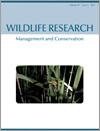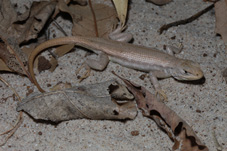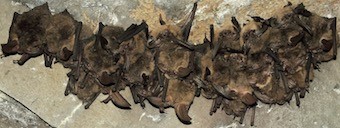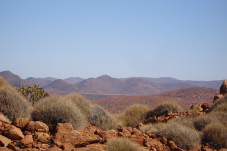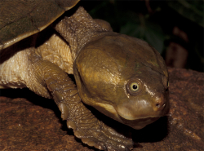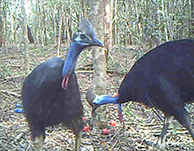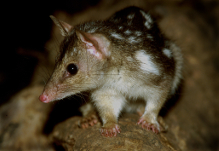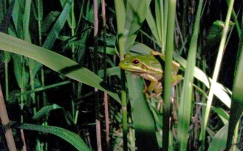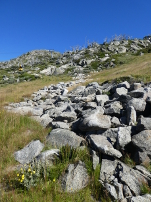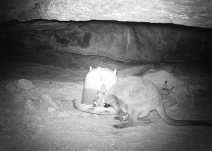WR16226Sampling effort determination in bird surveys: do current norms meet best-practice recommendations?

Bird surveys are widely used to estimate diversity – but how do current methods compare with best-practice recommendations? This systematic review of 225 studies over 12 years reveals that most studies ignore detectability and use short-duration, fixed-effort sampling without justification. To increase reliability, both collectors and consumers of bird survey data should consider richness estimates in terms of sample completeness.


